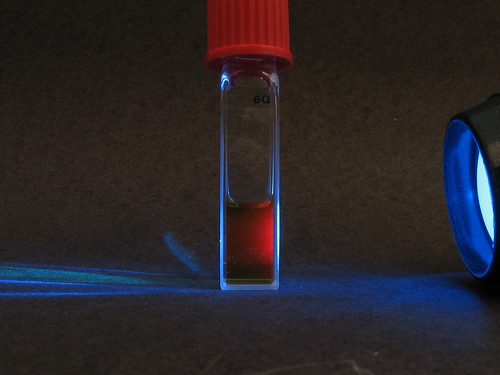How to start Science Projects for those in a rush
One of the main problems that you face when preparing for a science fair is procrastination. There is a lot of effort that goes into making a great science project. You always want to do a great science project, but time is also short. It tends to be so much simpler to do it a bit later when you have some time on your hands.
The trouble is that the time eventually runs out and you have less than a week to do the project. So now you panic and start wondering what to do. You see your friends putting the finishing touches to their projects and the funny sensation in the bottom of your tummy intensifies. What are you going to do? For starters you will stop panicking.
Now you will decide on which branch of science you need to make your project in. Just jot down all easy science projects that come into your mind on a note pad. Stop when you have twenty ideas. Now filter out the ones which need no specialized material. Keep the ones that can be done with stuff from around the house on the list and cross out the rest.
Collect all the material that you will need in one room in a specific area. Think ahead of all the things that you will need and get it all here. Now that you have all the material organized get to work on the science project. Make the model, the display board and anything else that you need. Now
Comments off


